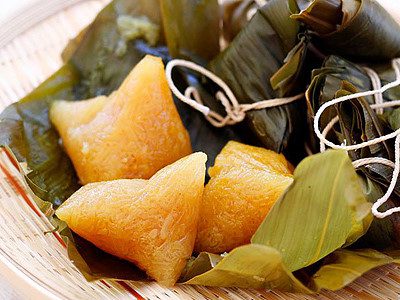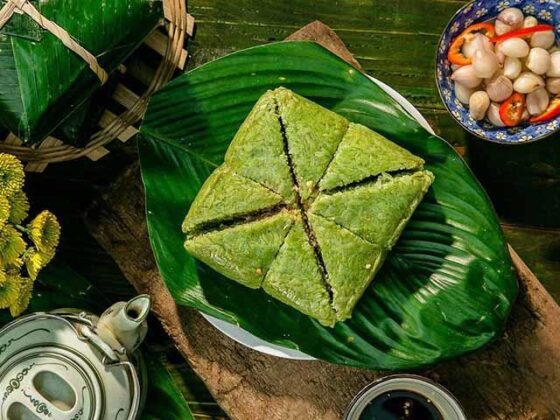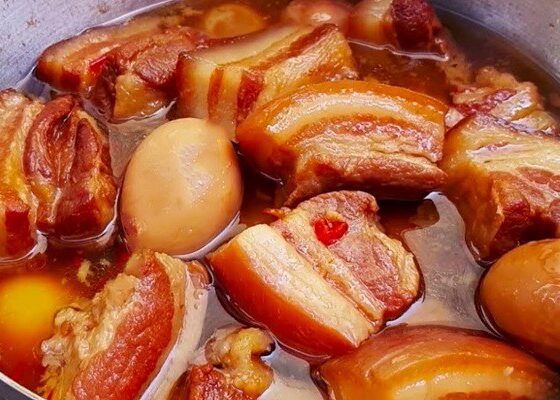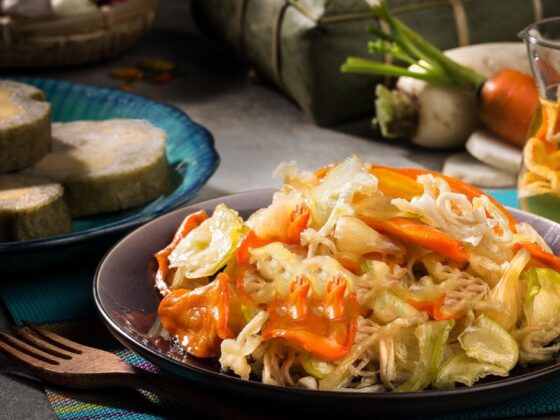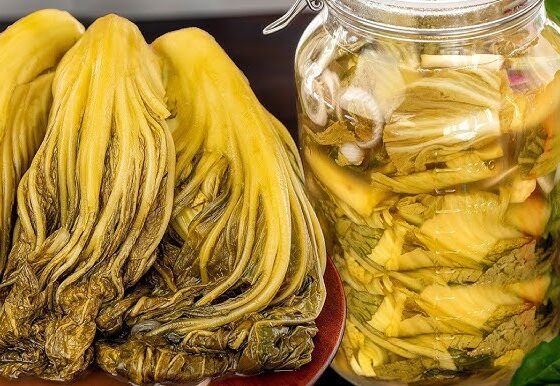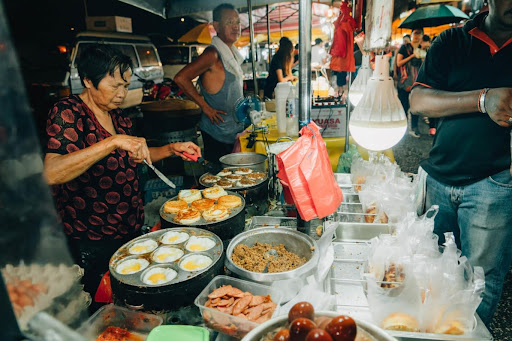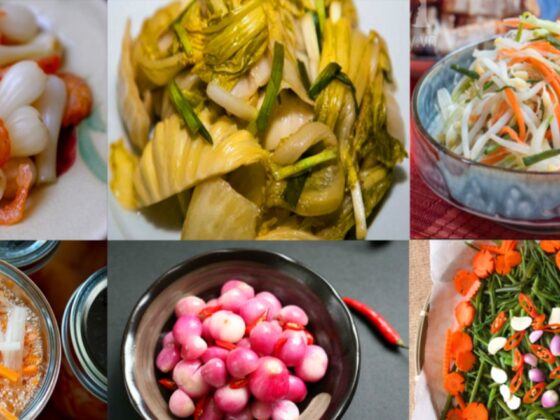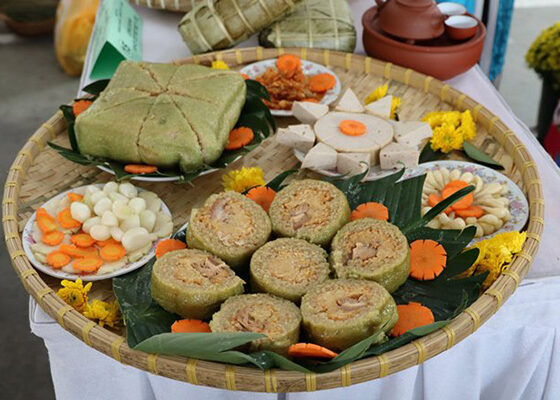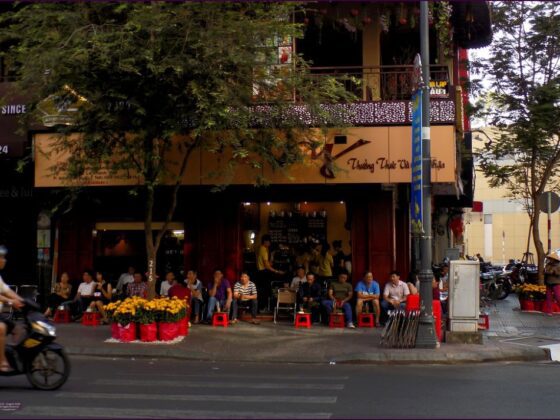Table of Contents Show
✍️ AI is summarizing:
Banh U La Tro, also known as “tro cake,” is a traditional Vietnamese delicacy that showcases the country’s rich culinary heritage and deep-rooted cultural traditions. This unique sticky rice cake is particularly popular during the Lunar New Year (Tết) and other special occasions. With its distinct flavor, texture, and preparation method, Banh U La Tro offers a delightful experience that connects people to their cultural roots.
Related post:
- Banh Chung: The Symbolic Vietnamese Rice Cake of Tết
- Banh Day: The Traditional Vietnamese Rice Cake of Unity and Celebration
- Banh Tet: The Iconic Vietnamese Sticky Rice Cake of Tet
What is Banh U La Tro and why is it unique?
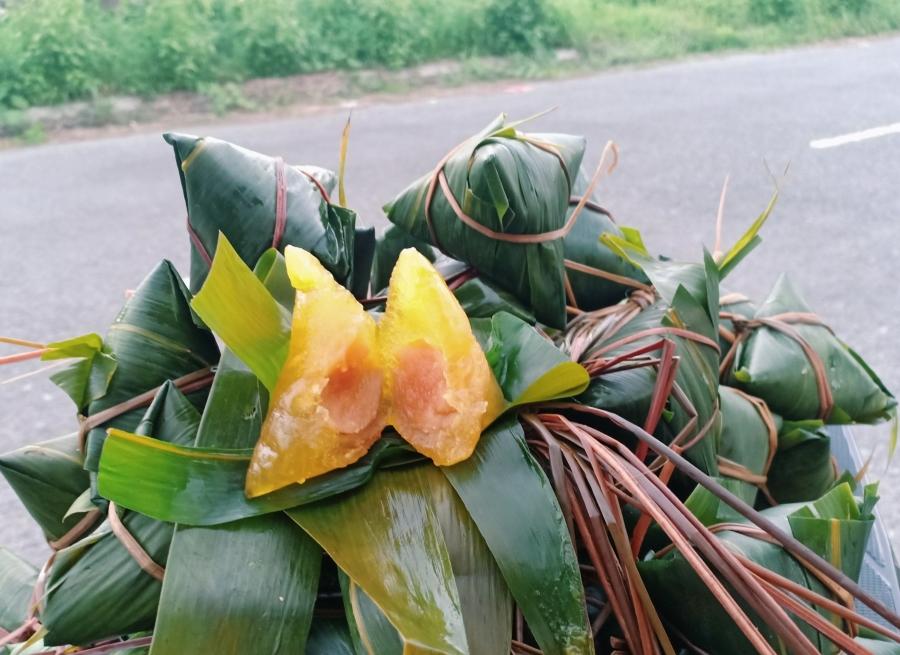
The name “bánh ú” refers to the shape of the cake, which is typically triangular or pyramid-like, while “lá tro” translates to “ash leaf,” referring to the use of ash water in its preparation. The primary ingredient in Banh U La Tro is glutinous rice, which is soaked in a mixture of ash water, derived from burning certain types of leaves, often the leaves of the bamboo tree. This soaking process not only imparts a unique flavour but also gives the rice a beautiful greenish hue, enhancing its visual appeal.
Ingredients and preparation of Banh U La Tro
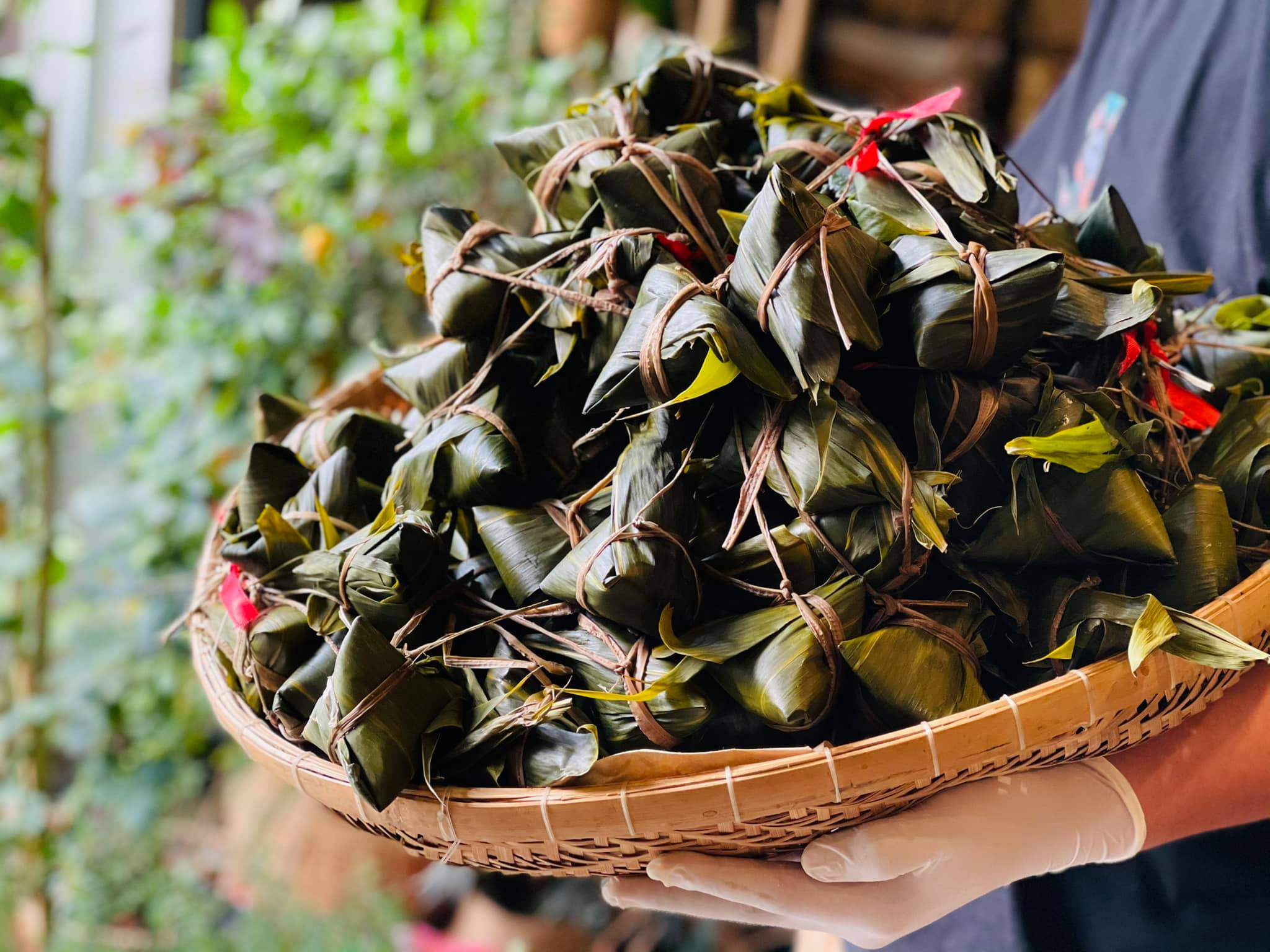
To prepare Banh U La Tro, the glutinous rice is first soaked in ash water for several hours. This step is crucial, as it helps to soften the rice and imbue it with a subtle flavor. After soaking, the rice is drained and mixed with coconut milk, sugar, and a pinch of salt, creating a sweet and aromatic batter. This mixture is then combined with fillings that typically include mung beans and shredded coconut, though variations may incorporate other ingredients such as ground pork or peanuts.
The art of wrapping Banh U La Tro
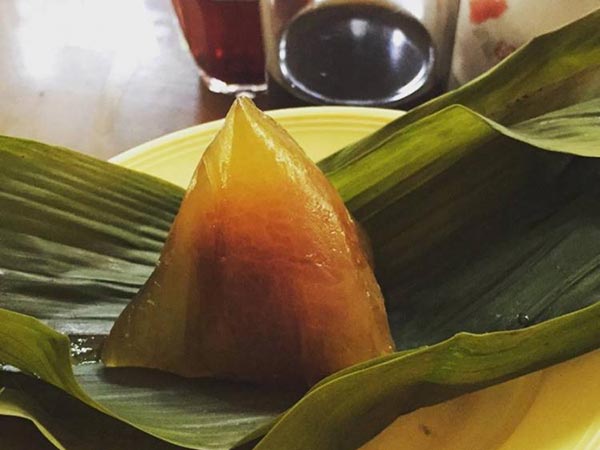
The next step involves wrapping the rice mixture and fillings in banana leaves, which not only adds flavour but also helps to keep the cakes moist during the steaming process. The banana leaves are carefully folded around the mixture to form a triangular shape, and the cakes are secured with string or bamboo ties. This wrapping technique is an important aspect of Banh U La Tro, as it reflects the artistry and tradition of Vietnamese cooking.
Steaming process and the final flavor
Once wrapped, the Banh U La Tro cakes are steamed for several hours until they become firm and fully cooked. The steaming process allows the flavours to meld beautifully, resulting in a moist and fragrant cake that is both sweet and savoury. The final product is a delightful treat with a soft, chewy texture and a rich, aromatic flavour profile.
Cultural meaning of Banh U La Tro
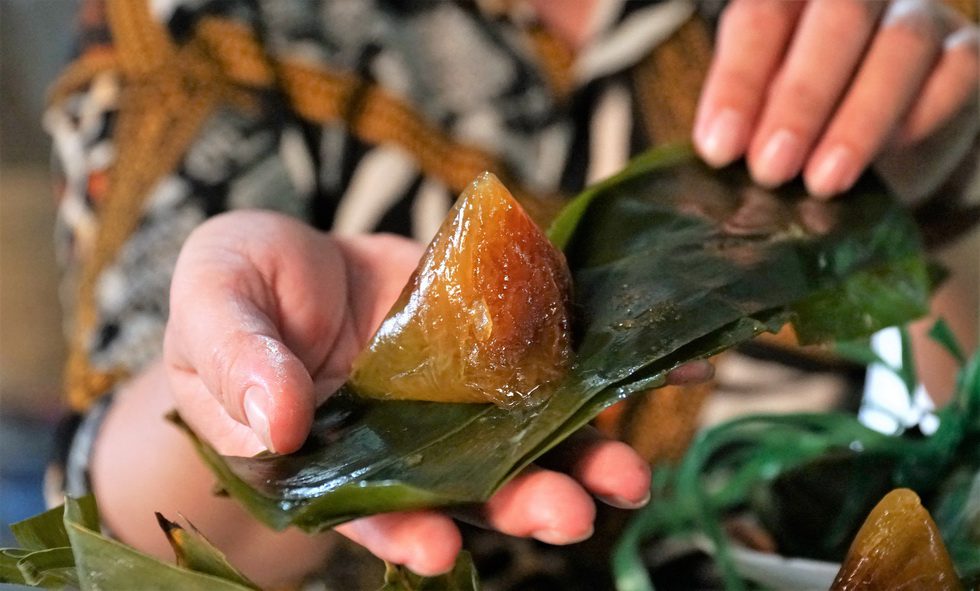
Banh U La Tro is often enjoyed during special occasions and family gatherings, symbolizing unity and togetherness. The cake is not only a delicious dessert but also carries cultural significance, representing the connection between generations and the importance of family traditions. The act of making Banh U La Tro is often a communal activity, bringing families together to share stories and memories while preparing this cherished dish.
Where to find Banh U La Tro in modern Vietnam
In addition to its traditional preparation, Banh U La Tro can also be found at various street food stalls and local markets throughout Vietnam, where it is enjoyed by both locals and tourists. The sight of these beautifully wrapped cakes, steaming and ready to be savoured, is an inviting reminder of the rich culinary landscape of Vietnam.
Conclusion
In conclusion, Banh U La Tro is a delightful Vietnamese dish that highlights the country’s culinary traditions and deep cultural roots. With its unique preparation, sweet and savoury flavours, and soft texture, Banh U La Tro offers a memorable dining experience that connects people to their heritage. Whether enjoyed during the Lunar New Year or at a family gathering, this traditional sticky rice cake invites everyone to savour the essence of Vietnamese culture and cuisine, ensuring that its legacy will continue for generations to come. Follow our official Facebook page now to receive more interesting information.

